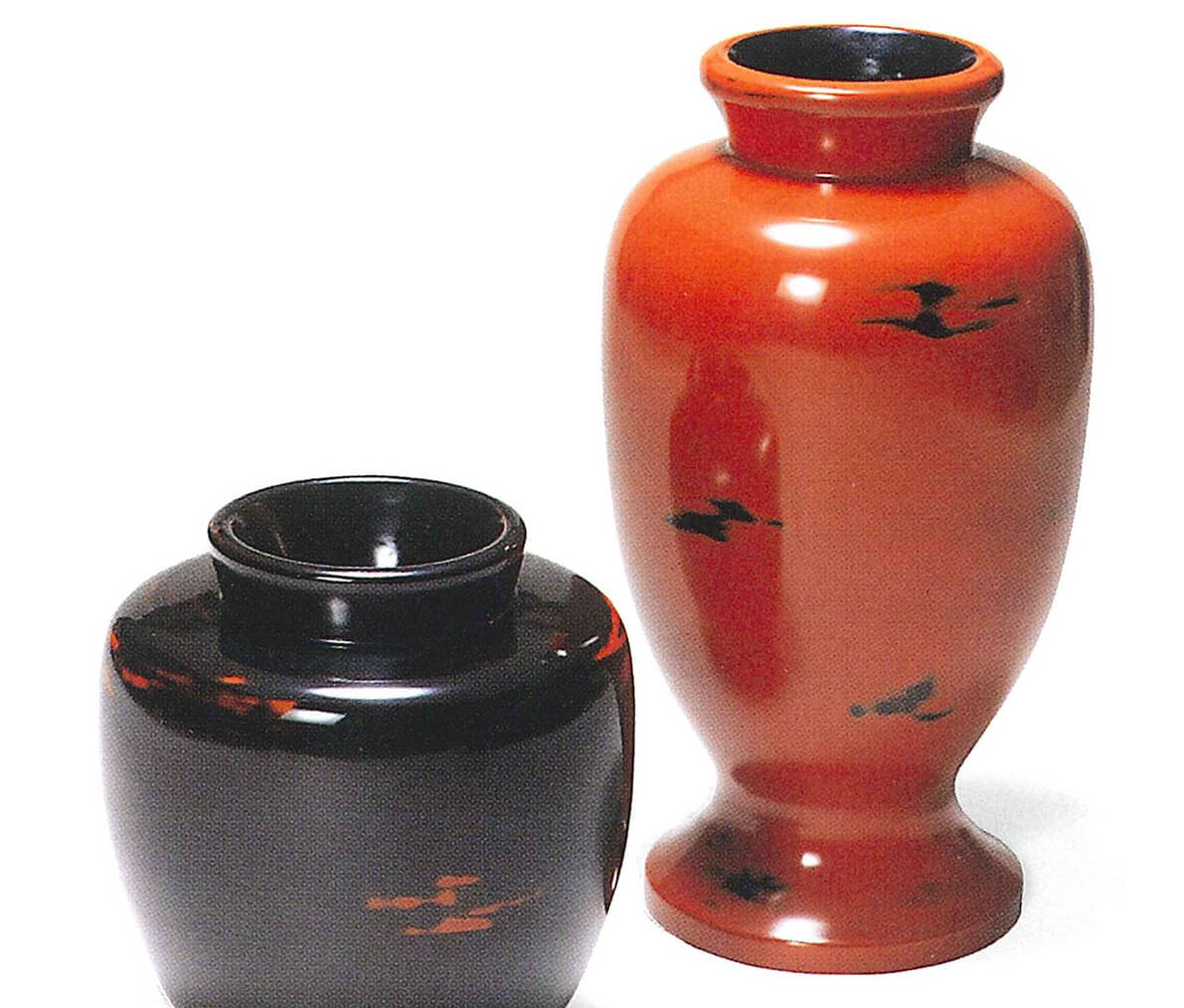
Kishu lacquerware

The production of lacquerware began in Wakayama Prefecture some 600 years ago, when the region was known as Kishu.
Often referred to as Kuroe-nuri, Kishu lacquerware is descended from Negoro-nuri, the lacquerware produced at Negoro Temple in Wakayama.
There are four stages in making lacquerware: wood carving, undercoating, lacquer application and decoration.
Each of these stages is further divided into three to nine sub processes.
Usually, each stage is performed separately by specialized craftsmen, but TANIOKA Toshifumi, who has been working with lacquer for 44 years, does everything himself.
With the Negoro-nuri technique, red lacquer is applied over an undercoat of black lacquer and then partially removed by Surugazumi (charcoal).
This creates a unique mottled pattern of black on a red background, like sky appearing through the clouds.
Local craftsmen are also creating new designs by introducing new techniques such as lacquer inlaid with gold and Kyo maki-e, sprinkling gold or silver powder over the lacquer.
Often referred to as Kuroe-nuri, Kishu lacquerware is descended from Negoro-nuri, the lacquerware produced at Negoro Temple in Wakayama.
There are four stages in making lacquerware: wood carving, undercoating, lacquer application and decoration.
Each of these stages is further divided into three to nine sub processes.
Usually, each stage is performed separately by specialized craftsmen, but TANIOKA Toshifumi, who has been working with lacquer for 44 years, does everything himself.
With the Negoro-nuri technique, red lacquer is applied over an undercoat of black lacquer and then partially removed by Surugazumi (charcoal).
This creates a unique mottled pattern of black on a red background, like sky appearing through the clouds.
Local craftsmen are also creating new designs by introducing new techniques such as lacquer inlaid with gold and Kyo maki-e, sprinkling gold or silver powder over the lacquer.
TM © Rugby World Cup Limited 2015. All rights reserved.
)